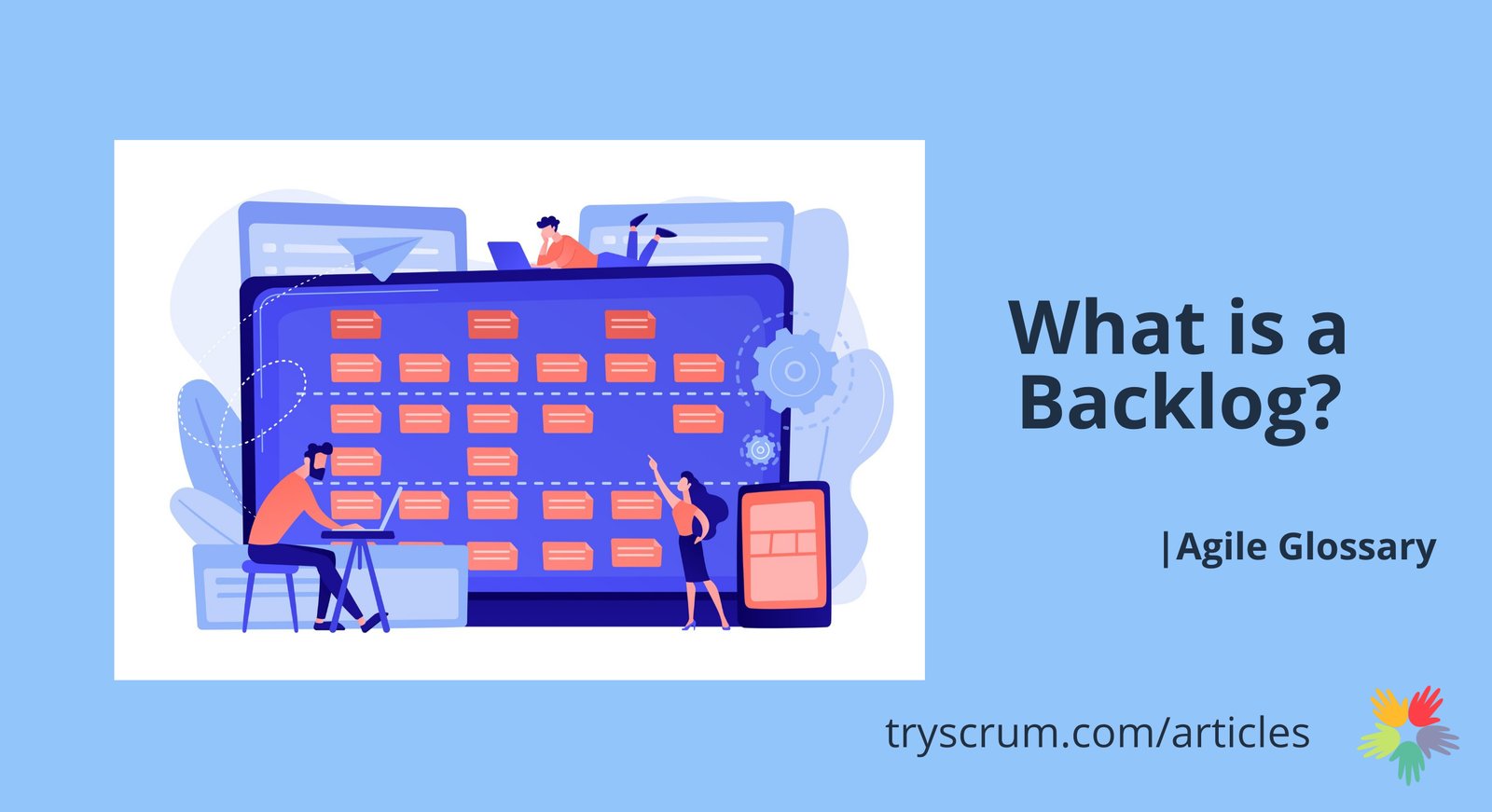A Backlog in Agile is a prioritised list of tasks, features, and requirements a team needs to work on. It serves as a living document that evolves over time, ensuring the team focuses on what’s most important.
Types of Backlogs
There are two primary types of backlogs in Agile:
Product Backlog
The high-level list of everything that might be included in the product. Owned by the Product Owner, prioritised based on business value, customer needs, and market demand.
Sprint Backlog
A subset of the product backlog created during sprint planning. Contains items the team commits to completing in the sprint, along with the tasks needed.
Key Components of a Backlog
User Stories
Descriptions of features or tasks written from the perspective of the end-user.
Priority Levels
Items ranked based on importance and urgency.
Estimates
Each item is estimated in terms of effort or complexity, e.g., story points.
Acceptance Criteria
Conditions that must be met for a backlog item to be considered ‘done.’
Why Is the Backlog Important?
The backlog ensures the team has a clear view of what needs to be done, and in what order. It aligns the team with business goals, enabling delivery of value in small increments while providing transparency to stakeholders.
Managing the Backlog
The backlog should be regularly reviewed and updated through Backlog Refinement (sometimes called grooming). This ensures items are clearly defined, prioritised, and ready for development. As priorities change, the backlog adapts accordingly.
Conclusion
Understanding the backlog is crucial for any Agile and Scrum learner. It’s the engine that drives development, keeping work organised and ensuring the team always addresses the most critical tasks.

































